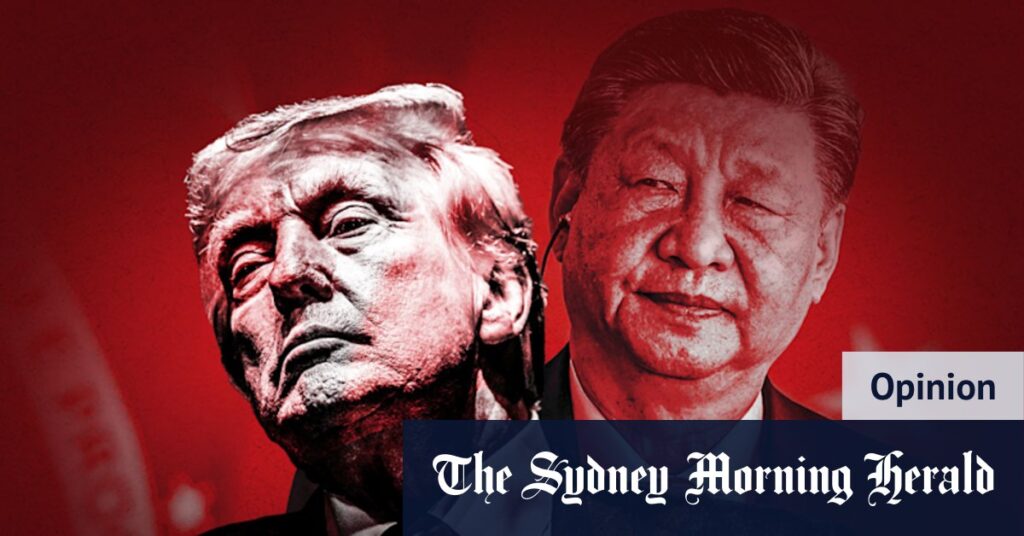
US President Donald Trump initiated a trade war with the intention of rebalancing global power in favor of the United States. However, China is adopting a long-term strategy, enduring short-term economic challenges to shape any eventual trade agreement to its advantage. This approach appears to be effective, at least for the time being.
On Monday, Washington granted Beijing another 90-day reprieve, extending a pause on tariffs through November 10. In response, China announced a similar extension. This move was welcomed by markets, providing some relief after months of escalating tensions. The delay offers Chinese President Xi Jinping’s policymakers additional time to strategize their next steps.
China’s Calculated Patience
Time seems to be on Xi Jinping’s side. Despite Trump’s assertions that China has made significant strides in improving their trade relationship, Beijing has yet to make substantial concessions on any of Trump’s key concerns. While China has offered minor compromises, they fall short of the scale of American demands.
The extension comes at a critical juncture for China’s economy, which is grappling with sluggish domestic demand and a slowdown in the property sector. According to Bloomberg Economics, China is among the few major nations without a clear timeline or terms for a trade deal, while others have secured agreements to lower tariffs. Even with this reprieve, Beijing faces average US tariffs of 40 percent, which is nearly 25 percentage points above the global average.
Economic Context and Historical Parallels
The trade war has significant implications for both nations. Historically, trade tensions have often led to broader economic consequences. The Smoot-Hawley Tariff Act of 1930, for example, exacerbated the Great Depression by imposing high tariffs on imports, leading to retaliatory measures from other countries. While the current situation is different, the potential for long-term economic disruption remains.
China’s strategy of playing the long game is reminiscent of its historical approach to international relations, where patience and strategic planning are often prioritized over immediate gains. This method allows China to navigate complex geopolitical landscapes while maintaining its economic growth trajectory.
Expert Opinions and Future Implications
Experts suggest that China’s ability to endure economic pressure is a testament to its robust economic planning and resilience. Dr. Li Wei, a leading economist at the Chinese Academy of Social Sciences, notes,
“China’s economic policy is designed to withstand external shocks. The current trade tensions are challenging, but they also provide an opportunity for China to strengthen its domestic industries.”
Meanwhile, the US faces its own challenges. The trade war has led to increased costs for American consumers and businesses, with some industries calling for a resolution to the ongoing tensions. The National Retail Federation has warned that prolonged tariffs could lead to higher prices and reduced consumer spending, impacting the broader economy.
Looking ahead, the outcome of the trade war remains uncertain. Both nations have vested interests in reaching a resolution, but the path forward is fraught with complexities. As negotiations continue, the global economy watches closely, aware that the stakes are high.
Conclusion: Navigating a Complex Future
The ongoing trade war between the US and China is a complex and multifaceted issue with significant implications for the global economy. China’s strategic patience and long-term planning are central to its approach, while the US navigates the challenges of maintaining economic stability amid rising tariffs. As both nations continue to negotiate, the world awaits the outcome, understanding that the resolution will shape international trade dynamics for years to come.







